
Chief Data Officers (CDO) and Chief Data Analytics Officers (CDAO) are under intense pressure to find ways to “monetize” their growing volumes of data. While some organizations seek “monetization” by trying to sell their data, as I discussed in the “4 Types of Data Monetization”, more and more organizations are realizing that the most impactful, profitable, and scalable way to monetize their data is by uncovering and applying the customer, product, and operational predictive insights buried in their data to their business to drive quantifiable financial outcomes.
This is a natural maturation for data and analytics organizations that corresponds to the Insights Monetization phase of the Data & Analytics Business Model Maturity (Figure 1).
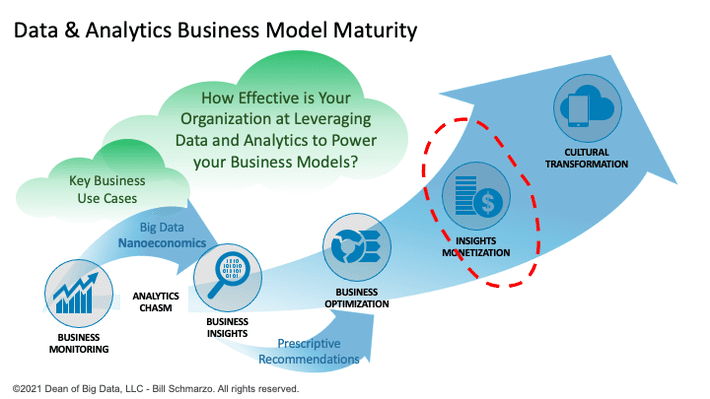
Figure 1: Insights Monetization Phase of the Data & Analytics Business Model Maturity
As discussed in “It’s Insights Monetization, Not Data Monetization”, there are two ways that organizations can monetize their data in the “Insights Monetization” phase:
- Internal Insights Monetization thru Use Case Optimization. This is where the organization applies the customer, product, and operational predictive insights to optimize the organization’s internal business and operational use cases.
- External Insights Monetization thru Data Products. This is where the organization packages and sells the customer, product, and operational predictive insights as part of a Data Products that seeks to optimize their customers’ and partners’ key operational decisions.
I have written and talked extensively about the internal application of insights to derive and drive value (see my “The Art of Thinking Like a Data Scientist”), and I want to use this blog to further explore the external application of insights via data products.
Insights Monetization via Data Products
Data Products are a category of domain-infused, AI-powered apps designed to help non-technical users manage data-intensive operations to achieve specific business outcomes. Data Products use AI to mine a diverse set of customer and operational data, identify patterns, trends, and relationships buried in the data, and make timely predictions and recommendations. Data Products track the effectiveness of those recommendations to continuously refine AI model effectiveness.
The defining characteristic of a Data Product is its ability to use customer, product, and operational insights to “intelligently simplify” the decisions that its customers are trying to make. My favorite Data Product that has nailed this characteristic is Uber, who leverages its wealth of customer, driver, and operational insights to intelligently simplify the decision that I need to make in determining how to get from where I am to where I need to be (Figure 2).
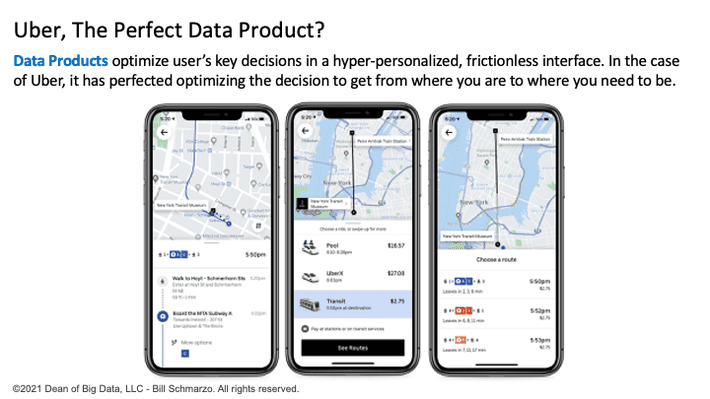
Figure 2: Uber, the Perfect Data Product?
Uber is applying customer, driver, operational, and destination insights to intelligently optimize the match between customers who are trying to seamlessly get somewhere with the drivers who are looking for highly qualified, high-quality customers. And Uber is positioned to gain even more customer, driver, and operational insights via every Uber trip.
As discussed in “How AI Is Manipulating Economics to Create Appreciating Assets” companies that provide Data Products like Uber, OpenTable, Spotify, Netflix, Fandango, and others are well positioned to gather even more data and uncover even more insights from each customer engagement. For example, imagine the valuable insights that OpenTable is gathering from customers using its Data Product:
- What restaurants are most popular with what customers on what days and times?
- Which restaurants have an increase in customers and which ones are losing customers?
- Which customers are the highest repeat customers to these restaurants?
- Which customers go out to eat the most often?
- What is the “Eating out Lifetime Value” for each customer?
- Which customers would be the best prospects for a new restaurant promotion?
- Which customers would be the best customers for a new restaurant or chain?
Insights like this about customers and restaurants can be packaged into new Data Products to help restaurants, mall management firms, transportation companies, restaurant suppliers, and others make important marketing and operational decisions such as staffing, pricing, demand planning, marketing promotions, inventory management, and procurement.
Role of Design Thinking and Journey Maps to Build Data Products
The starting point for building a data product is having an intimate understanding of what the customer is trying to accomplish; that is, what is their intent? As discussed in “The Power of Determining User Intent”, you can’t optimize your users’ experiences if you don’t understand their intent (Figure 3).
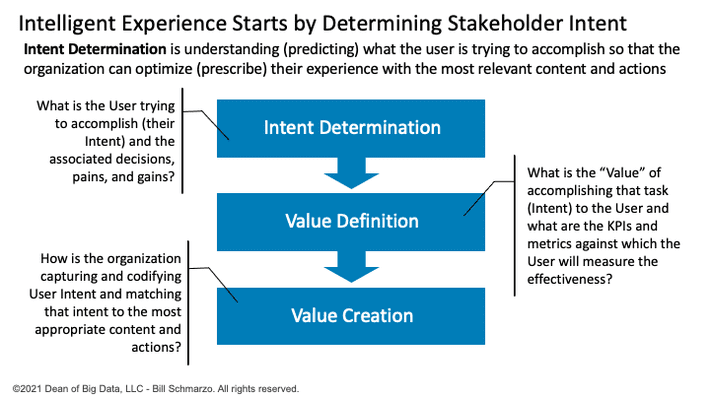
Figure 3: Determining Customer Intent
There are several design thinking tools that can be used to help define the Data Products success criteria.
A Persona is a design construct that seeks to emphasize with the user types by understanding their needs, experiences, behaviors, and goals (Figure 4).
A Customer Journey Map is a visual representation of a customer’s engagement process in context of seeking a desired outcome such as buying a house, going on vacation, or buying insurance (Figure 4).
Finally, the Customer Value Map identifies:
- The product and service components that can be assembled into a Data Product to help our targeted Personas optimize their key decisions along their journey.
- Gain Creators, which details how the Data Product can provide the targeted Persona with expected gains and incremental benefits.
- Pain Relievers, which outlines how the Data Product can overcome targeted Persona’s pains or impediments in making their decisions.
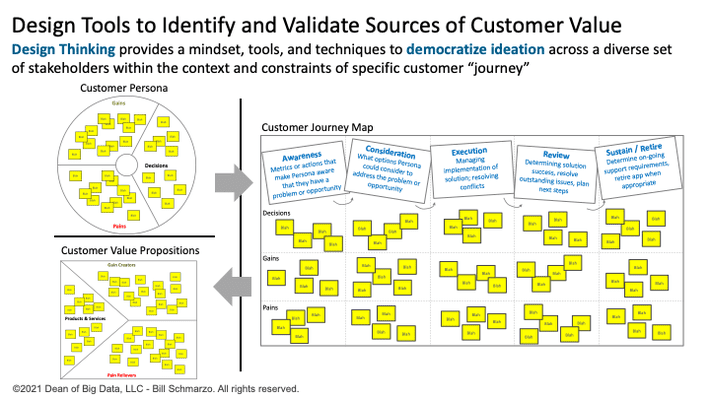
Figure 4: Design Tools to Identify and Validate Sources of Customer Value Creation
From a data and analytics perspective, we can extend the Customer Journey Map detail the KPIs and metrics against which the customers will measure the effectiveness of their experience, and the supporting data and analytic requirements (Figure 5).
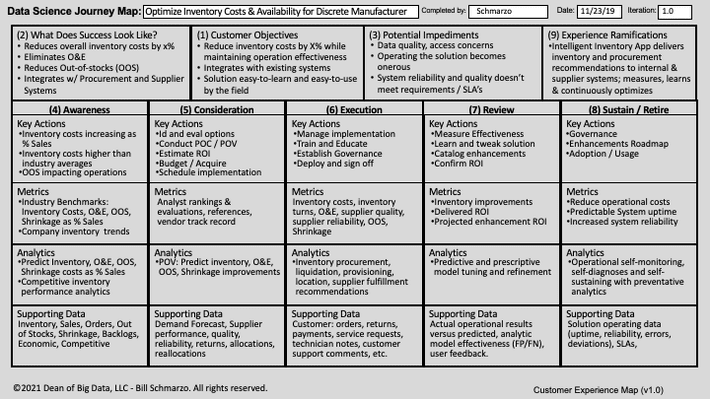
Figure 5: Data Science Customer Journey Map
At this point, the organization should have the necessary user solution requirements, and the supporting data and analytic requirements, to develop a hyper-personalized Data Product.
Summary: Data Products Monetize Decisions
Data products, whether for internal or external Insights Monetization, seek to monetize customers’ decisions. We live in the world of data products, so we can pull from personal experiences to help us build engaging and successful data products that optimize (and monetize) our customers’ key decisions. For example:
- Netflix monetizes the decision as to what movies or shows to watch based upon what I have watched and enjoyed in the past and what others “like” me have watched and enjoyed.
- Spotify monetizes the decision as to what songs or podcasts to listen based upon what I have listened and enjoyed in the past and what others “like” me have listened and enjoyed.
- Amazon monetizes the decision for which products to buy and at what prices based upon what I have bought in the past and what others “like” me have bought.
- Angi (Home Advisor) monetizes the decision about selecting a home repair service based upon what services I have used in the past and what services others “like” me have used.
And to effectively “sell decisions”, organizations must:
- Identify, validate, value, and prioritize the customers’ key decisions in context of that they are trying to achieve; that is, their intent along their personal journey.
- “Intelligently simply” those customer decisions by capturing, codifying, and applying customer-specific behavioral and/or performance propensities that drive hyper-personalized recommendations for that customer.
- Integrating observability such that the Data Product is continuously-learning and adapting with every customer interaction.
While creating data products that help customers optimize their key decisions seems obvious in the Business-to-Consumer (B2C) industries such as retail, entertainment, transportation, hospitality, and healthcare, what does this mean to Business-to-Business (B2B) companies? Watch for my upcoming blog on building Data Products in the B2B2C space.

